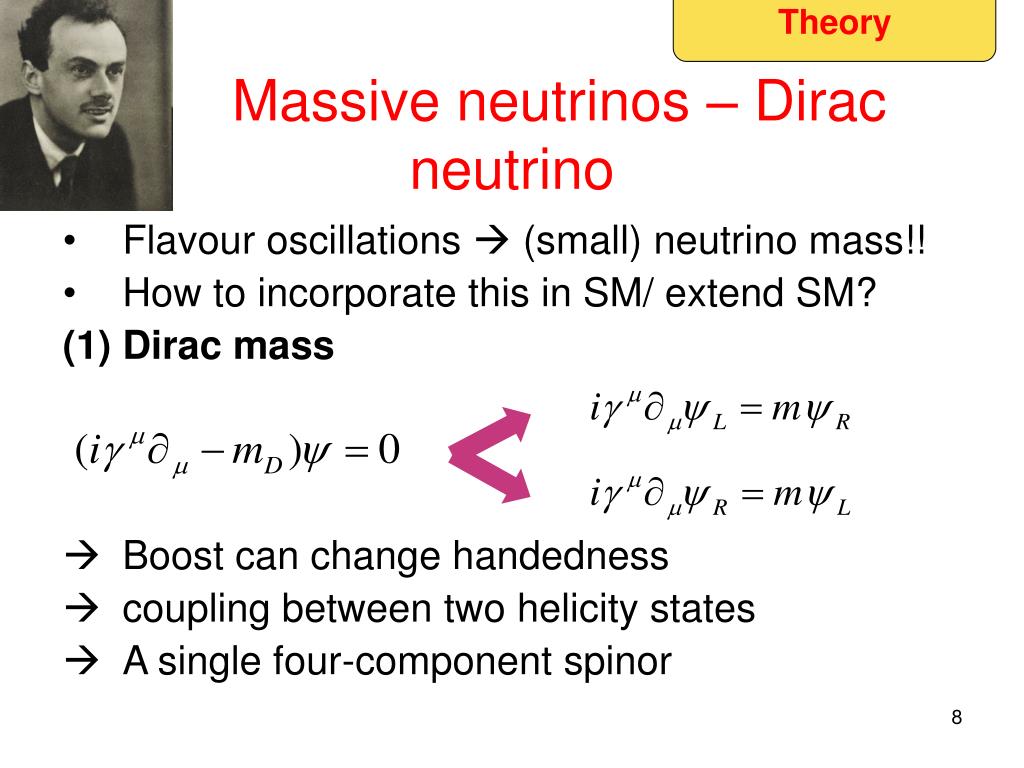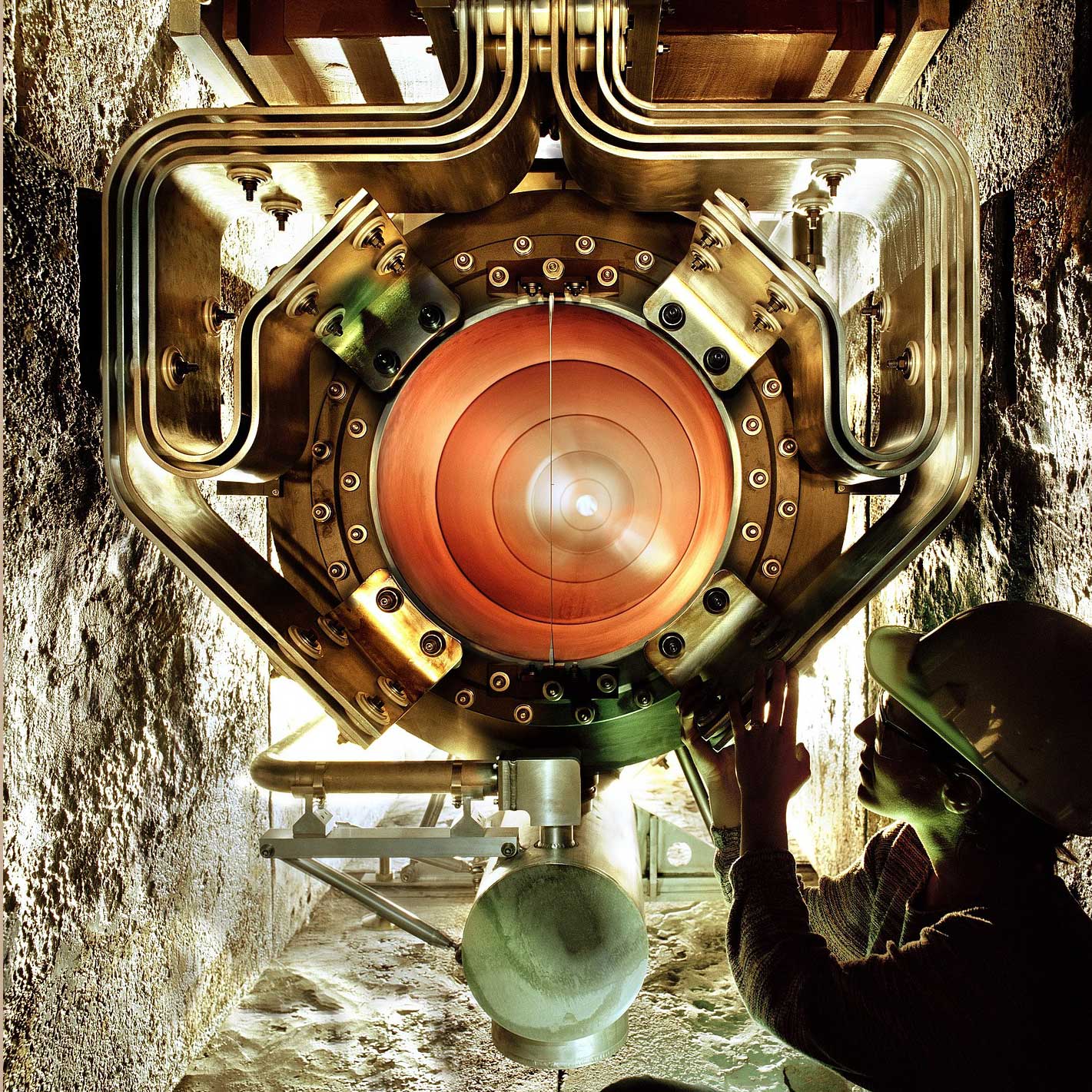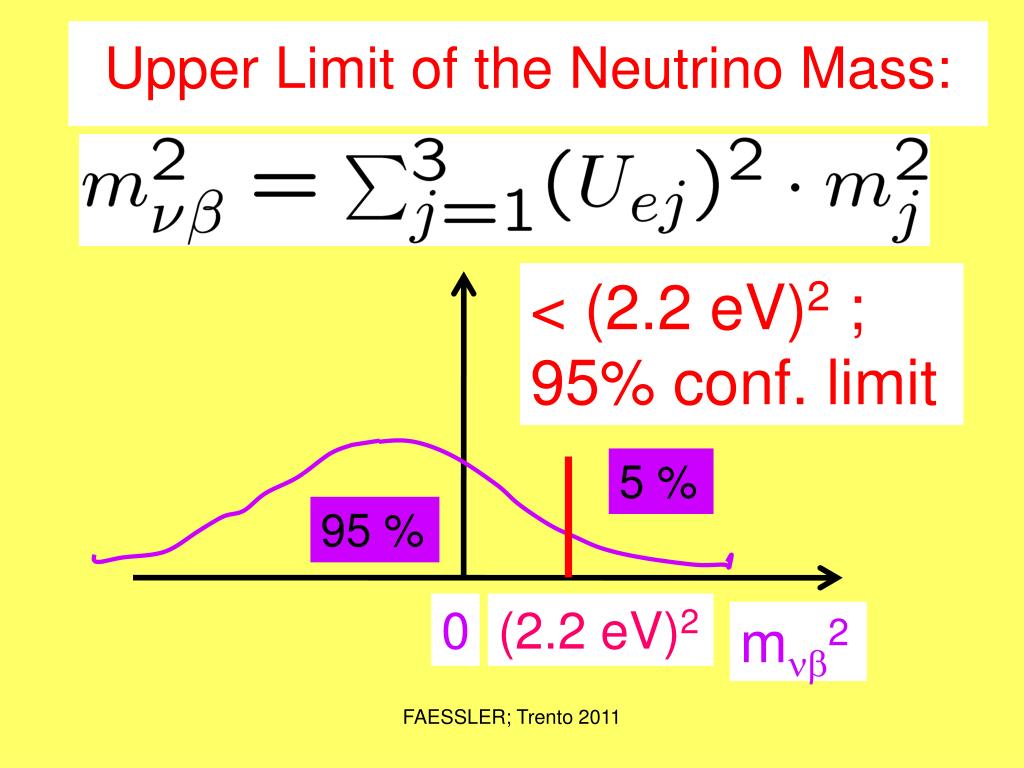

Tritium isotopes undergo beta decay and release electrons and neutrinos in the process. KATRIN adapted by APS/ Alan Stonebraker Artistic sketch of the KATRIN experiment. This effect should modify the high-energy tail of the electron spectrum, offering a way to determine the neutrino mass. If the neutrino has a mass, it will take on some of the energy released by the decay, limiting the maximum energy of the released electron. In this decay, a neutron transforms into a proton, releasing an electron and a type of neutrino called an antineutrino. Today’s method of choice stems from a 1934 proposal by Enrico Fermi that exploits a radioactive process called the nuclear beta decay. Weighing the neutrino, however, is no easy feat. This information could expose physics beyond the standard model and is crucial for cosmology-while featherlight, these particles are so abundant that their gravitational pull could affect the formation of large cosmic structures. Physicists have long been trying to pin down that mass value, as well as to understand why the particle has mass.

Scientists have known that neutrinos have a mass since the 1998 discovery of neutrino oscillations-a switching of their “flavor,” which is only possible if their mass isn’t zero. The team behind the experiment says that KATRIN should soon be able to test much lower mass values, not far from those suggested by cosmological observations.

Now, the frontrunner experiment in the race to directly measure neutrino mass, the Karlsruhe Tritium Neutrino (KATRIN) experiment in Germany, has achieved record-breaking sensitivity to the particle’s mass, finding that its value must be below 0.8 eV. Even their mass, a most basic property, remains unknown. Despite the particles’ profusion, scientists still know little about neutrinos, which interact feebly with matter and are thus hard to detect and characterize. The Universe bristles with neutrinos, one of the most abundant known particles. KATRIN A photograph of the interior of the spectrometer used by KATRIN, an instrument designed to measure the neutrino’s mass.


 0 kommentar(er)
0 kommentar(er)
